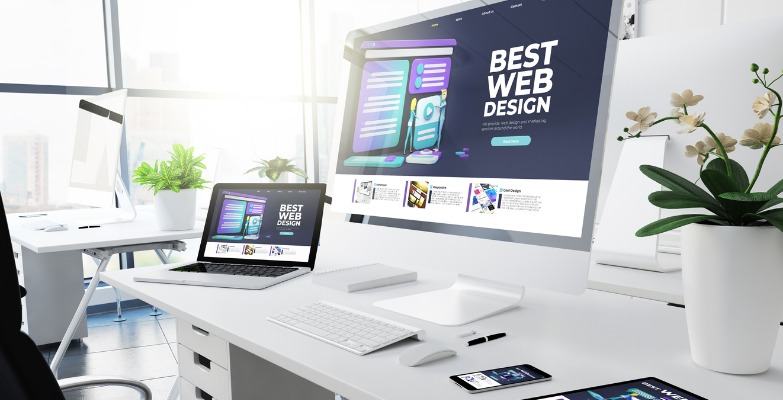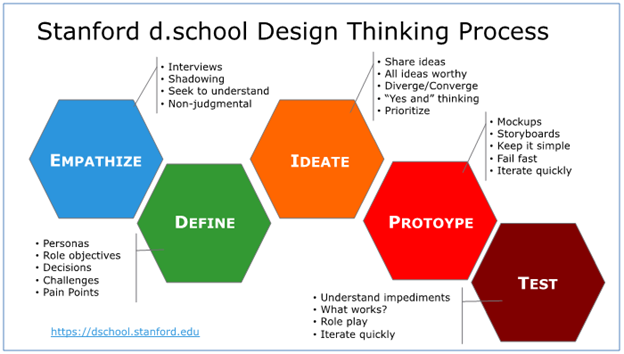
The future of UX/UI design will always begin with "U"
"What is the future of web design?"
"What are the upcoming trends?"
These are two valuable questions to ask when viewing the larger scope of web design and development. But, in our day-to-day usage of the web, or when we build new sites and experiences, narrowing the scope of what to create to simply "what's trending" can often lose the focus of why, how, and especially who we design for.
Why do we design?
Why don’t we just have websites built with simple HTML, system fonts and default colors? Do we really need all these bells and whistles? From a purely utilitarian perspective? No, we don’t. But we design to better communicate what needs to be said and to craft the experiences to deliver this. Why we design is the exact reason why we don't want to eat at a restaurant that looks like a hospital ward.
How do we design?
A restaurant’s interior is designed to craft an experience that fits both what will be served and who will be dining there. Websites are designed to pleasantly bridge what is being delivered with those who will be visiting your website.
The Standford d.school's stages of the Design Thinking Process are generally accepted as the golden standard for UX/UI Design.

Image from: http://www.theagileelephant.com/what-is-design-thinking/
Taking the time to hypothesize, test, and fix up any designs is a normal part of the design cycle. Getting it "wrong" the first time, in a healthy cycle, is a good thing.
Who do we design for?
If your first thought to this question is, "everyone and anyone," this is a problem. A design that tries to fit everyone will end up not being a worthwhile experience for anyone. If you don't know who you're designing for - it's time to find out. Empathizing with and defining who your audience is will always be the key foundation to any design work that you do - and any design work that will shape the future of your website.
So, what's the future?
My dear reader, the more effective question we should be asking is, "What is the future for my users?" Because even if we are aware of the new fonts that Microsoft is considering, that Bootstrap has released version 5, or that people predict that experimenting with flat cards and new fonts will be the new design trend, it is only valuable and worth utilizing if it helps who we're designing for.
If you are struggling to identify the why, how, and who you are designing for, reach out to your Vanguard Client or Project Manager to learn about the Strategy and Discovery work we offer here at Vanguard.